
Sediments are deposited, compacted, and cemented together to form sedimentary rock.
- Subject:
- Science
- Provider:
- Utah Education Network
- Author:
- Visual Learning Company
- Date Added:
- 02/28/2010

Sediments are deposited, compacted, and cemented together to form sedimentary rock.
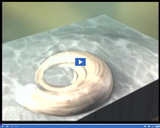
Fossils often form along with sedimentary rocks because organisms can be quickly buried by sediments.
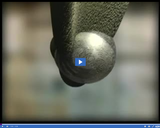
Mineral-rich water evaporates, leaving behind deposits of limestone, known as stalactites.

Chemoreceptors for smell, specifically referred to as "olfactory cells," are concentrated in mucus membranes lining the upper nasal cavity.
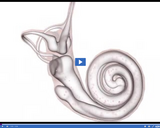
Inside the inner ear is a coiled, fluid-filled structure called the "cochlea." It plays a key role in hearing.
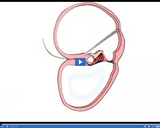
inside the cochlea are specialized hair cells that are sensitive to vibrations of sound waves. The hair cells transmit nerve impulses to the cochlear nerve that, in turn, transmits impulses to the brain, specifically, the cerebral cortex.
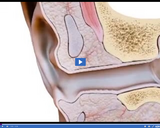
The middle ear region, located further inside the head, contains a delicate structure called the "tympanic membrane," commonly referred to as the "eardrum." The eardrum vibrates when sound waves make contact with it.
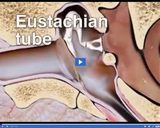
A small canal called the "Eustachian tube" leads from the middle ear to the throat. It helps equalize air pressure between the middle ear and the external environment.
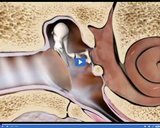
The eardrum vibrates when sound waves make contact with it. In turn, vibrations are transmitted to several tiny bones-- the hammer, anvil, and stirrup.
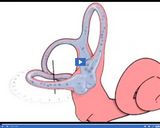
Structures in the inner ear, called "semicircular canals," contain fluid which help the body maintain balance. When the head changes position, receptors in the canals detect a change in the direction of the fluid.
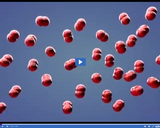
The sounds we hear actually consist of disturbances in the air called "sound waves."
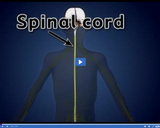
The spinal cord consists of a long bundle of neurons running the length of the back.
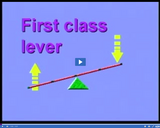
In a first class lever, the fulcrum is located between the effort force and the resistance force.

In a second class lever, the resistance force is located between the effort force and the fulcrum.
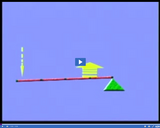
In a third class lever, the effort force is located between the resistance force and the fulcrum.

Compact bone is very dense and provides support. It is found in the shafts of long bones such as in the legs and arms.
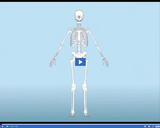
You're probably familiar with some of the major bones, such as the femur, tibia, ulna, radius, humerus, and ribs.
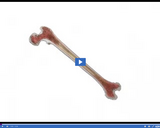
Red marrow found in long bones, breastbone, cranium, and vertebrae is responsible for producing red blood cells, platelets, and some types of white blood cells. Yellow marrow consists of fat cells, and is found in the hollow centers of long bones.
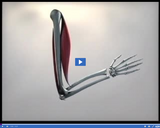
Because a muscle exerts force only when it contracts, it moves a bone in just one direction. Therefore muscles often work in pairs, with muscles moving in opposite directions.
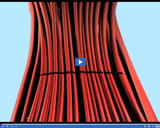
Skeletal muscle is made up of muscle fibers.